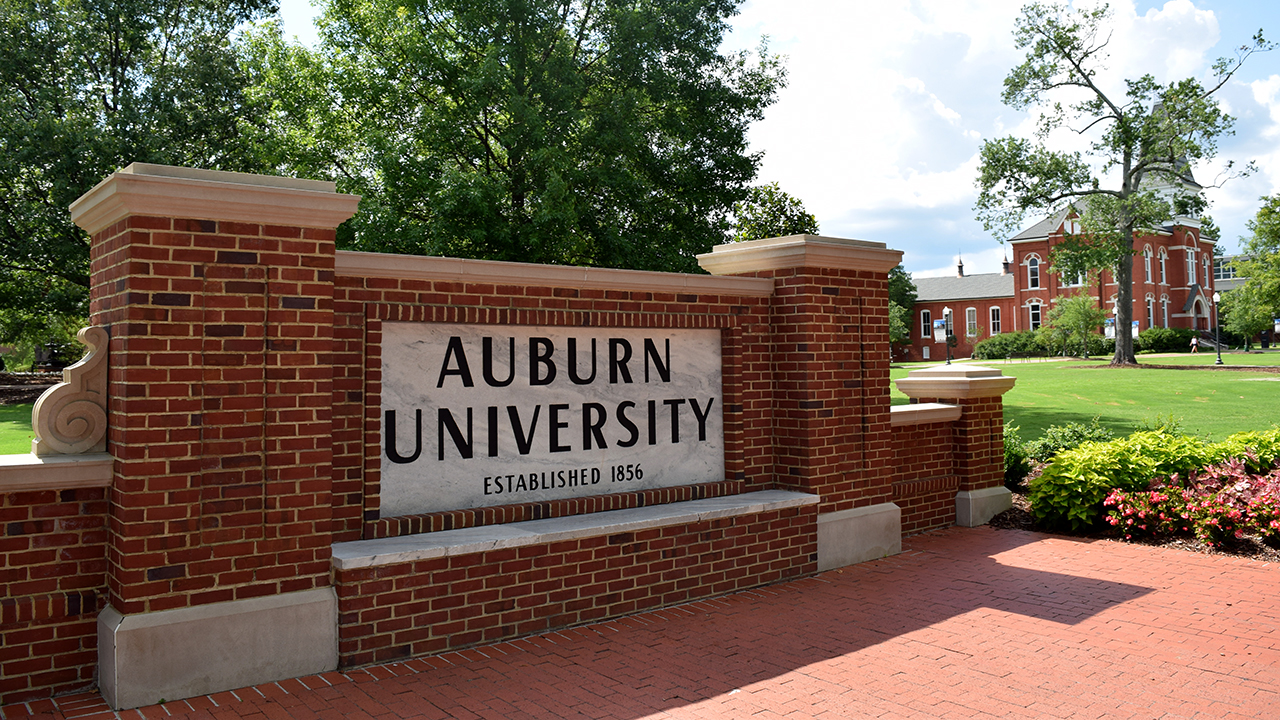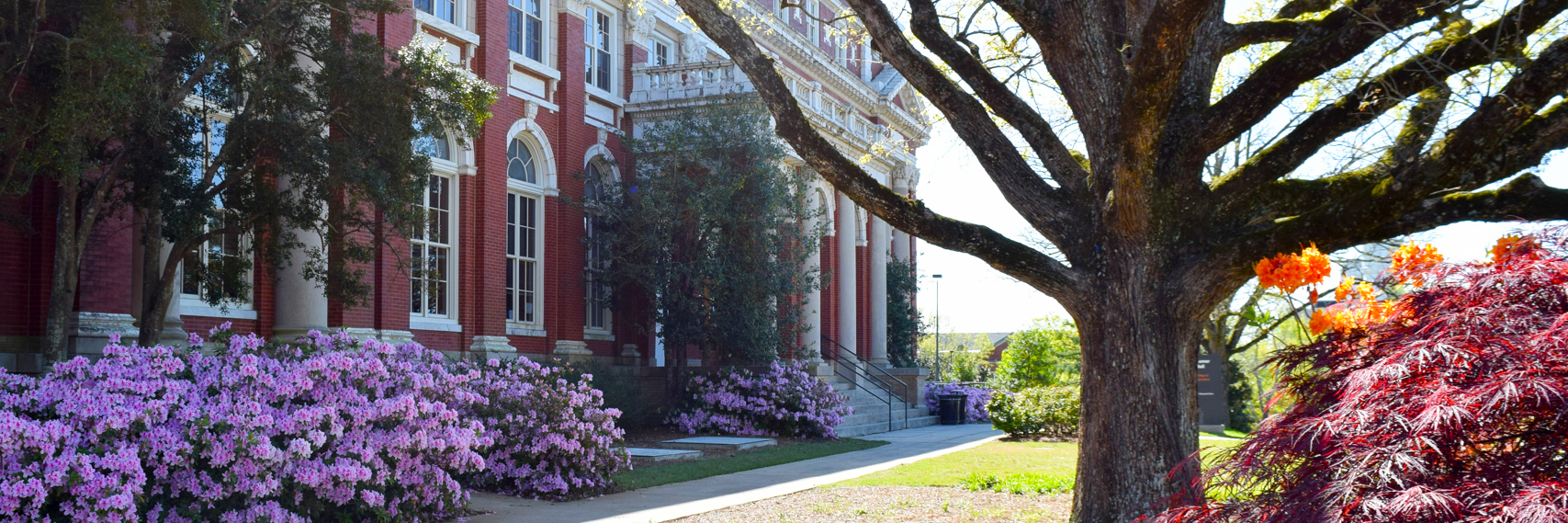
Visit the College of
Agriculture
Visit Campus & Ag Hill
Visit the college campus in person
The best way to find out whether the College of Agriculture is right for you is to experience it firsthand. During a visit to Auburn and Ag Hill, you can learn more about the college with a special interest session, take a tour of Ag Hill led by Ag Ambassadors on campus, and learn about our many research facilities.
Tour Options
Currently, in-person visits to the College of Agriculture are offered daily except for Wednesdays and weekends. Schedule a visit by clicking below to see available dates and times.
Group tours are available by request. Please email auburnag@auburn.edu to schedule a tour for your group!
Tour Options & Events
The College of Agriculture offers many opportunities for hands-on learning experiences. To learn more about these opportunities, review the information below about touring our state-of-the-art research facilities.
AUBURN EQUESTRIAN CENTER

This spacious, 80-acre facility is conveniently located on the edge of campus, making it easily accessible for student-athletes, faculty and staff. There are multiple spacious pastures with centaur fencing and run-in shelters. This ideal location is a five-minute drive for most student-athletes, and a transit stop is located across the street.
LEARN MORE ABOUT THE AUBURN EQUESTRIAN CENTER
CHARLES C. MILLER JR. POULTRY RESEARCH AND EDUCATION CENTER
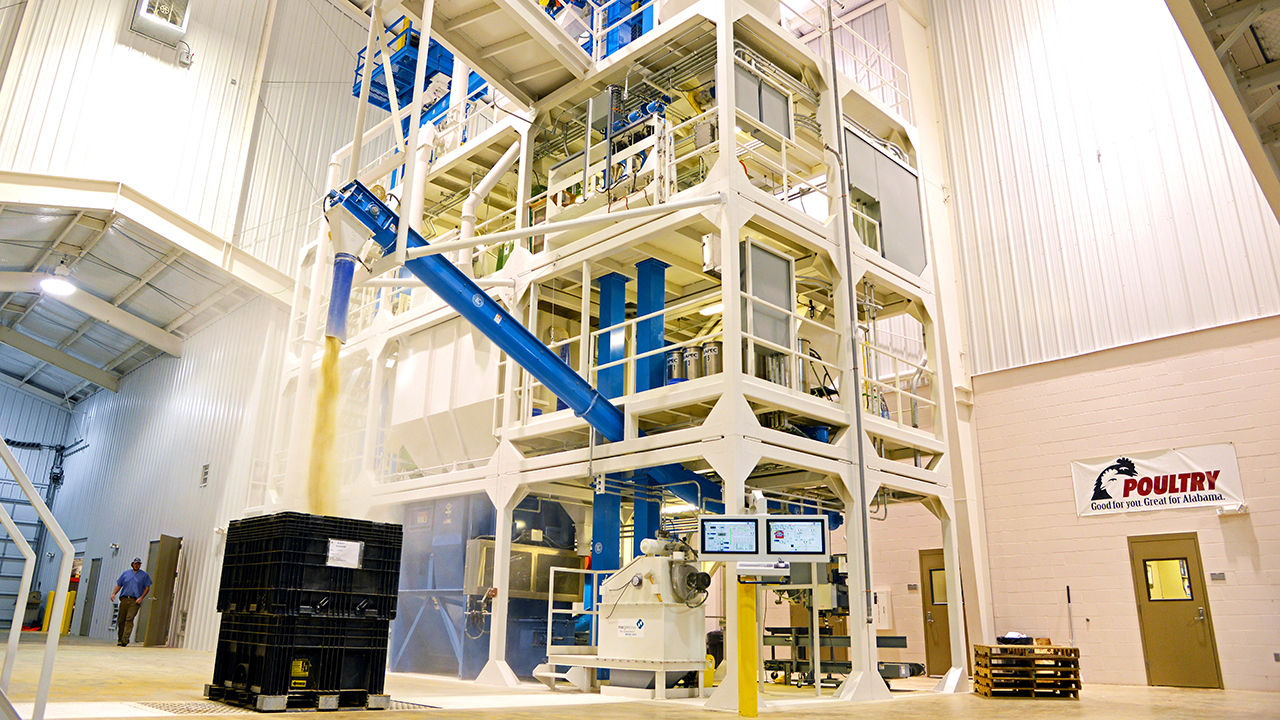
This research and education center will allow the Department of Poultry Science to realize its vision of significantly advance the university’s standing as a global leader in poultry research, instruction and outreach. This Center allows our Poultry Department to realize its vision of becoming the premier poultry education and research program.
LEARN MORE ABOUT THE CHARLES C. MILLER JR. POULTRY RESEARCH AND EDUCATION CENTER
RANE CENTER ROOFTOP GARDEN
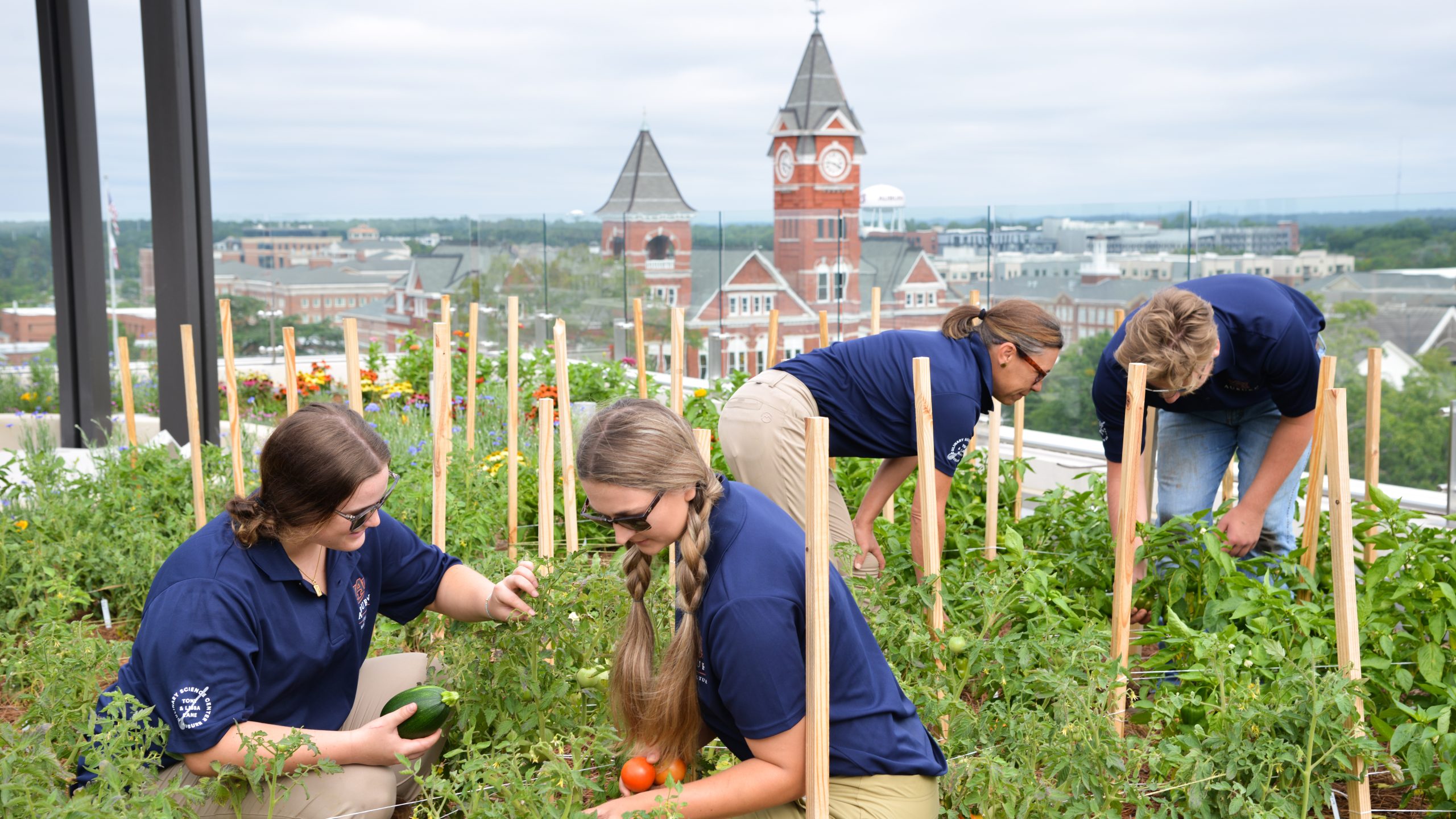
Atop the Tony and Libba Rane Culinary Science Center, adjacent to Ag Hill on the Auburn campus, lies an entirely edible rooftop garden operated by Department of Horticulture faculty, staff and students. The roof of the Rane Center, which sits at the corner of College and Thach, has a panoramic view of Samford Hall and, in the not-so-far distance, Jordan-Hare Stadium.
LEARN MORE ABOUT THE RANE CENTER ROOFTOP GARDEN
NOTE: We will not offer tours on dates the university is closed. See registration for availability.
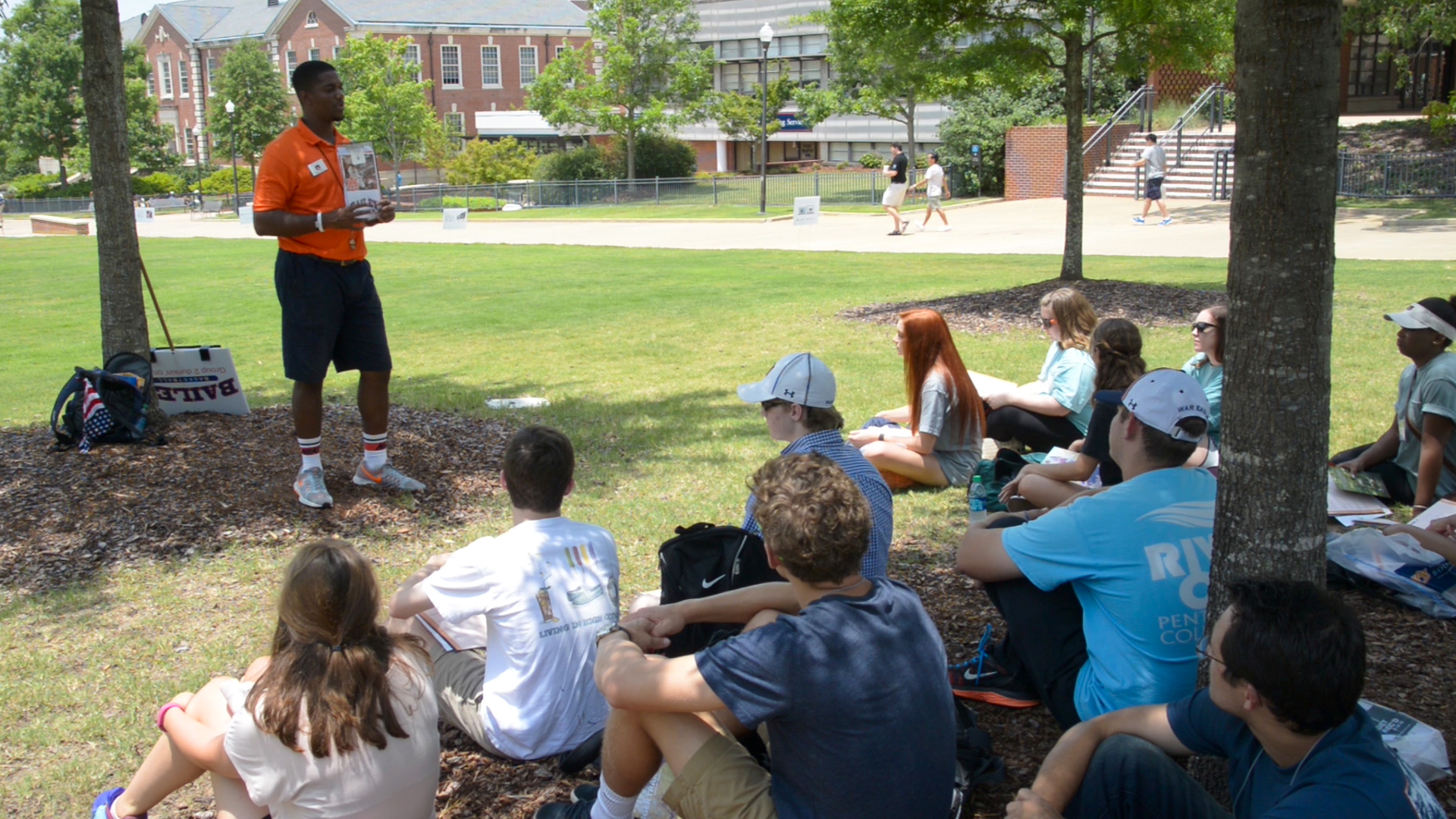
Majors & Minors
Graduate Degrees & Programs
overview
Departments
COA Facts
Admissions
First Year Experience
Awards & Fellowships
Mission Statement
Student Resources
Student Services
Apply Now
Contact
Student Services Office
105 Comer Hall
Auburn Univ, AL 36849
(334) 844-4768
auburnag@auburn.edu
Follow Us
UNIVERSITY TOUR OPTIONS
AU Main Campus Tour
Want to tour the entire Auburn University campus? Campus tours are offered through the university Office of Admissions and Recruitment. The complete campus tour takes about an hour and 45 minutes!
Experience Auburn University’s Virtual Tour
Nothing beats an actual tour, but you can always get a feel for campus exploring Auburn’s campus in a new interactive way! Take the Main Campus Tour in virtual reality by following the link below.
Self-Guided Tour
If you are unable to attend a weekday or Saturday tour, you are more than welcomed to visit our campus on your own. Explore at your own pace, on your own time!
Tour Tips
- Register Early. Tours can fill up quickly.
- Wear comfortable shoes and be prepared for the weather. Naturally, with a walking tour, you want to be comfortable as you explore. Bring an umbrella as the tour will include an outdoor portion.
- Looking for parking? When you register to tour, you will receive all information and instructions to park.
- Make the most of your visit. Register for tours and research units when available, or set up appointments with other facilities in advance. Let us know how we can help!
Auburn Hospitality & Tourism
When you are on Auburn University’s campus, be sure to visit the iconic Samford Hall, and take a picture in front of the Auburn University sign. Then head to nearby Toomer’s Corner, where students gather regularly to celebrate big athletic wins by rolling — yes, with toilet paper — the famous Auburn Oaks trees. Explore downtown and grab lunch or a cold glass of Toomer’s Drugs’ famous lemonade.
- Around campus you will find the sprawling Donald E. Davis Arboretum has a collection of native plants.
- The Jonathan Bell Lovelace Museum documents the university’s athletics history.
- The Jule Collins Smith Museum of Fine Art has changing exhibits ranging from the 18th–21st centuries, to modernism and contemporary.
- South of Auburn is Chewacla State Park with hiking, extreme bike trails and a large lake.
- Southwest of Auburn, the Tuskegee National Forest is home to wild deer with trails for hiking, biking and horses.
There is no shortage of opportunities, be sure to check out the Auburn & Opelika Tourism Bureau for ideas. Or better yet get involved and become a professional with Auburn’s Hospitality Management Program.

Auburn research looks to boost average peanut yields
U.S. peanut producers have seen peaks and valleys in their yields over the years, prompting researchers at Auburn University to analyze these inconsistencies and search for ways to boost and maintain profitable crops.
An analysis of yields since 1970 made by a College of Agriculture economist shows that yields have been flat for the past 12 years, since reaching a record-high of more than 4,000 pounds per acre in 2012.
“Putting into context where this year’s U.S. average yield of 3,740 pounds per acre falls historically, we need to look at peanut yield trends since 1970,” said Wendiam Sawadgo, assistant professor in the Department of Agricultural Economics and Rural Sociology and a researcher with the Alabama Agricultural Experiment Station.
The 2023 average yield was down 7% from 2022 and the lowest yield since 2016.
“The majority of states’ peanut yields declined in 2023, relative to the previous year, largely due to drought in the South,” Sawadgo said. “The major peanut-producing states of Alabama and Florida both saw 17% decreases in their yields. Georgia, the leading state, had a 3% decline to 4,070 pounds per acre.
Over the entire 1970-2023 period, peanut yields increased by 36 pounds per acre annually, on average, but with considerable variations, he said.
“From 1970 to 2000, peanut yields increased by an average of 7 pounds per year,” Sawadgo said. “Then, in 2001, peanut yields reached 3,000 pounds per acre for the first time, and over the subsequent decade, peanut yields would increase by 57 pounds per year on average.”
The substantial yield increase from 2001-2012 likely was driven by the introduction of Georgia-06G, a high-yielding runner-type peanut cultivar that was released in 2006 and soon gained a significant market share in the Southeast, he said.
“In 2012, peanut yield surpassed 4,000 pounds per acre for the first time. However, over the past 12 years, peanut yields have been flat and averaged 3,948 pounds per acre. In fact, the 2012 mark has yet to be topped.”
Peanut yields are an even more critical aspect for profitability due to increased input prices, he said.
“Production costs are expected to remain elevated in 2024 at $598 per ton, assuming yields equal the five-year average,” Sawadgo said. “This means that even with peanut prices expected to reach a decade-high $550 per ton, producers would still likely operate at a loss. Strong yields would help lower these breakeven prices, but the recent yield volatility raises concerns that this might not occur.”
Meeting the challenge of stagnant peanut yields
Helping Alabama peanut producers improve yields while at the same time managing input costs is a primary goal of researchers at Auburn University.
This past year was one of the most difficult for Alabama in quite some time, said Kris Balkcom, Auburn University Extension peanut agronomist, who visits hundreds of farmer fields each year during the growing season.
“This past year was the first time in many years that our state average dropped below 3,000 pounds per acre,” Balkcom said. “Our estimated yield will be around 2,700 pounds per acre by the time it’s all said and done with. This was mainly because of the lack of rainfall in the lower half of the state from east to west.”
But lack of rain wasn’t the only reason for disappointing yields in 2023, he said. “We had some extreme temperatures last year for a couple of weeks solid without a break, when not only were the daytime temps high but the nighttime temperatures were higher which didn’t allow the plants to breathe.”
Since the majority of Alabama’s crop is not irrigated, most growers are dependent on rainfall to help produce their crop, Balkcom said, and this factor is dictating current field research.
“We continue to look at and work more with cover crops and irrigation in addition to VRI or variable rate irrigation to best utilize the water with do have,” he said. “We are also using VRI to try and help us measure the benefits of a cover crop.”
Balkcom agrees that growers’ margins are extremely tight this year due to a lower market price and continuing high input costs. Still, he expects peanut acreage to increase in Alabama.
“Producers are really trying to watch their inputs and not overspend but at the same time not cut themselves short and reduce their yield,” he said. “We will certainly see an increase in peanut acres this year because the cotton prices are too low in relation to input costs, and acres will move from cotton to peanuts and soybeans. Most producers feel comfortable growing more acres of these legumes in the years when fertilizer costs and other expenses remain high.”
Researchers also are conducting integrated pest management peanut disease trials at five Experiment Station outlying units, including the Wiregrass Research and Extension Center, the Brewton Agricultural Research Unit, the Gulf Coast Research and Extension Center, the E.V. Smith Plant Breeding Unit and the Chilton Research and Extension Center.
“In Alabama and the Southeastern U.S., there are several foliar and soilborne diseases that can cause severe yield losses in peanuts,” said Amanda Scherer, assistant professor and Extension plant pathologist
The most economically important diseases include Tomato spotted wilt virus (TSWV), early and late leaf spot, white mold, and root-knot nematodes, which if left unmanaged can cause yield losses of 50% of more.
These diseases are managed through a combination of management practices including planting resistant peanut varieties, fungicide and insecticide applications, planting date selection, crop rotation, tillage practices, seeding rates and row patterns.
“Our research focuses primarily on evaluating the reaction of susceptible and tolerant peanut varieties to and the impact of commercial and experimental fungicides on these diseases,” Scherer said. “Additional disease research is also being conducted by or in collaboration with entomologist Scott Graham, agronomist Kris Balkcom and variety trial coordinator Henry Jordan.”
Resistant varieties continue to play a major role in preventing or minimizing peanut disease damage, she said.
“Over the last few years, several new peanut varieties have been released to help reduce losses,” Scherer said. “FloRun T61, released in 2020, is a high-oleic, medium-seed size variety with high yield potential and high grading with resistance to TSWV. TifNV-HG is another newly released high-oleic, high yielding variety with root-knot nematode and TSWV resistance as a replacement for TifNV-High O/L. Georgia-20VHO, also released in 2020, is a high-grading, high-O/L ration runner type peanut with TSWV resistance. These varieties, among others, will be available for planting this year.”
Weather conditions in Alabama are highly conducive to disease development, and producers must use a variety of strategies to minimize yield losses, Scherer said.
“Producers are encouraged to diversify their varieties across planting dates to minimize losses,” she said. “Resistant peanut varieties are going to perform best in fields with a history of disease and high risk-factors, especially in south Alabama. However, growers can still utilize their favorite susceptible variety in low-risk conditions or in medium to high-risk fields with the aid of preventive fungicides.”
The Auburn University Crop Physiology Lab, led by Alvaro Sanz-Saez, in collaboration with the AU Peanut Breeding Program, led by Charles Chen, also are working to increase peanut yields through a project that seeks to understand the different mechanisms of peanut drought tolerance. One peanut cultivar being tested is AU-NPL 17, the first runner peanut variety released by Auburn’s peanut breeding program and one that has been designated as being drought and disease tolerant.

Endowed Professor Nannan Liu demonstrates excellence in research
A seasoned researcher and administrator in the Auburn University College of Agriculture and one of the top 2% of entomologists in the world got her start in the field because of the kindness of a neighbor.

Agricultural grants boost research funding, equipment purchases
One of several grants offered through the Alabama Agricultural Experiment Station (AAES) research program for the current fiscal year will allow for the continuation of groundbreaking research originally established at Auburn University that focuses on using beneficial bacteria for promoting plant growth, plant health, nutrient uptake and insect pest prevention.


